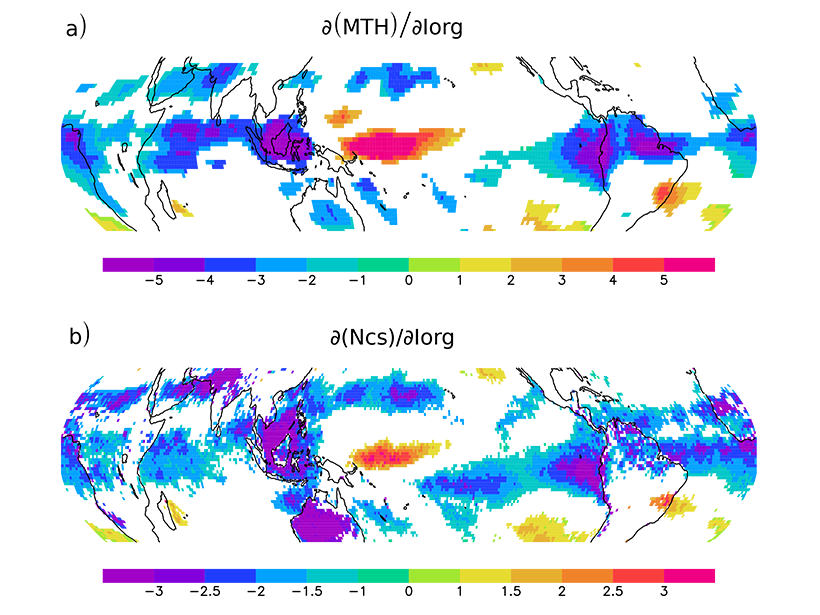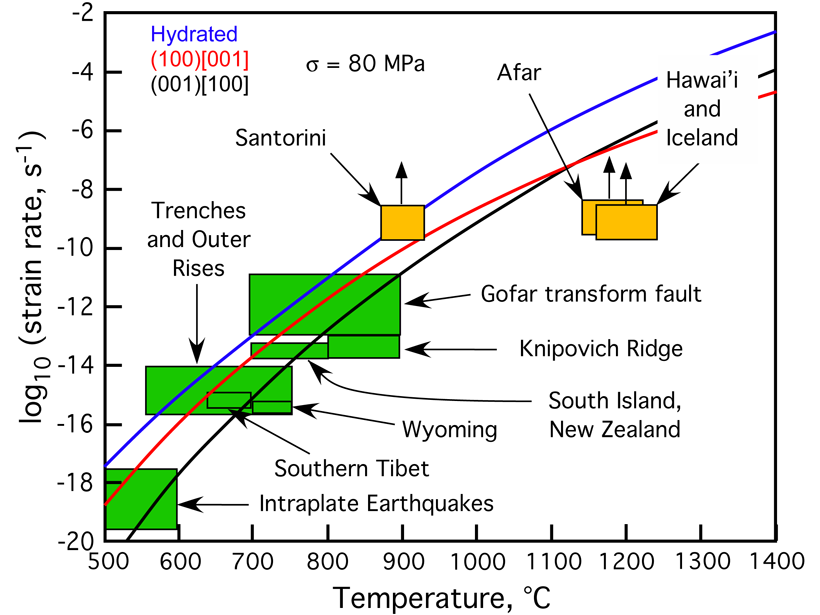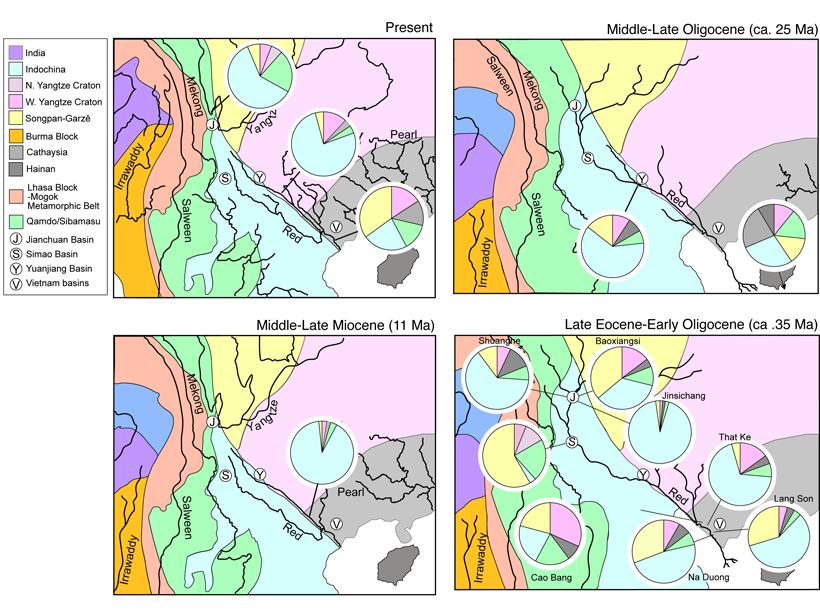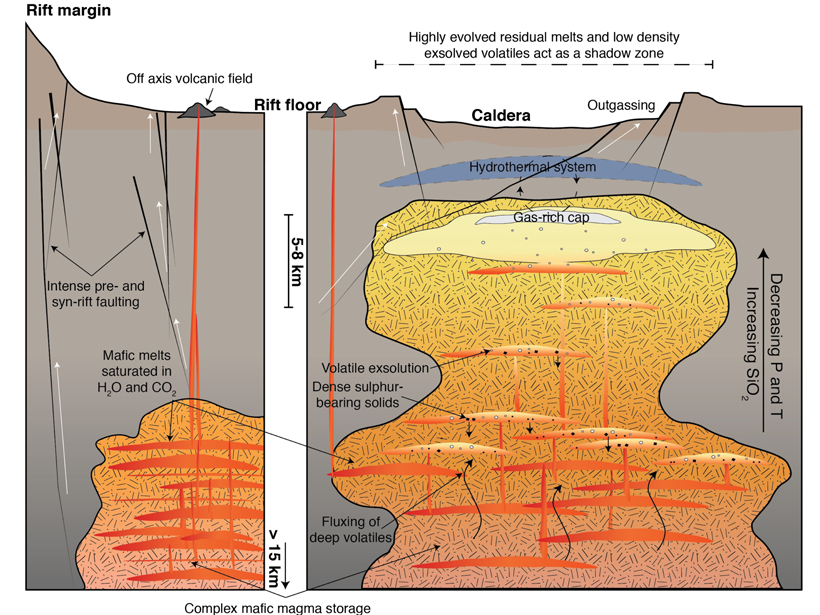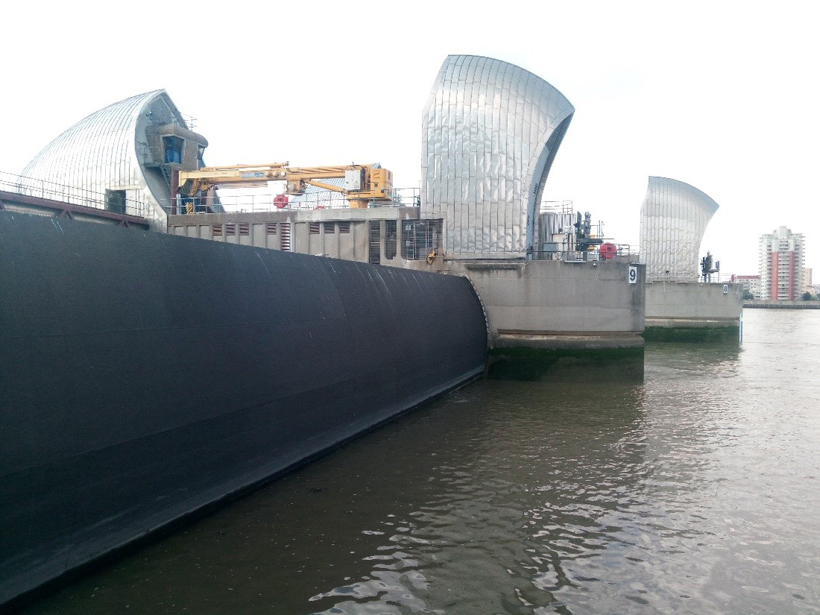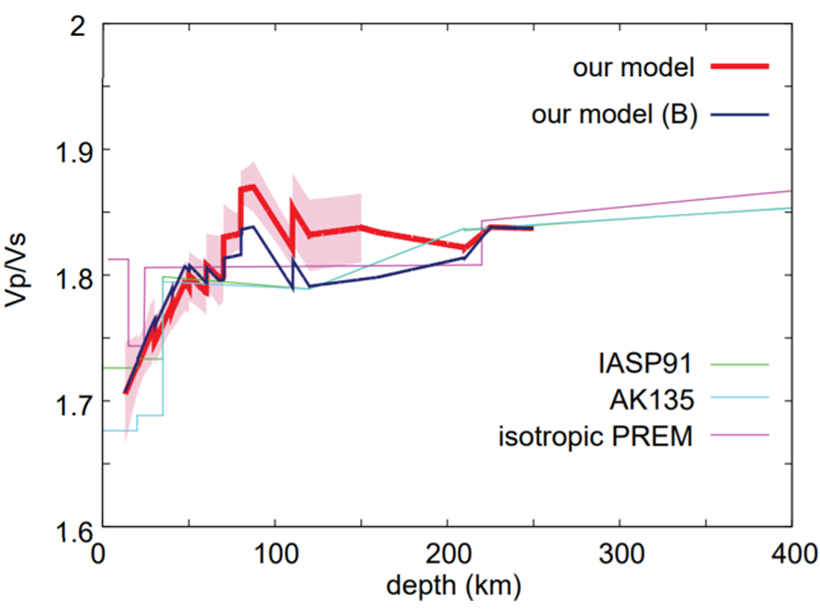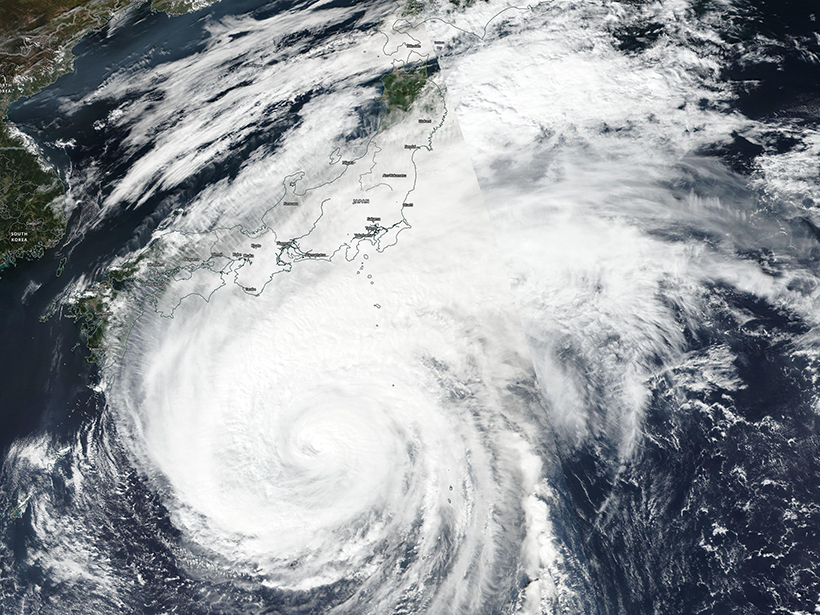Satellite observational analysis confirms that lower-atmospheric stability and cloud clustering are major factors modulating the tropical radiation budget that had been suggested by modeling studies.
CC BY-NC-ND 2020
Strain Rate: The Overlooked Control on Earthquake Depth
Regional strain rate may play as significant a role as temperature in governing the depth distribution of earthquakes in mantle lithosphere.
Emerging Technologies Help Scientists Tune In to Krill
Acoustic tools identify the population of “the most important fishery in the Southern Ocean.”
A River Ran Through It
The history of river system in southeast Tibet and Indochina reconstructed using the ages of thousands of zircon sand grains in modern and ancient river sediments.
Self-Repairing Blemishes on the Surface of Mars
A new study of small impact craters at Mars landing sites suggests that active processes degrade and infill depressions at similar rates in locations separated by thousands of kilometers.
Machine Learning Predicts Subsidence from Groundwater Pumping
Machine learning and data on aquifer type, sediment thickness, and proxies for irrigation water use has been used to produce the most comprehensive map of land subsidence in the western U.S. to date.
Gas-Rich, Transcrustal Magma Storage in the Main Ethiopian Rift
Increments of melt trapped in crystals reveal upper crustal magmas in the Main Ethiopian Rift are rich in water and other volatiles, leading to extensive diffuse degassing and hydrothermal systems.
The Ups and Downs of Tides
The size of tides has changed in the past and will continue to change in the future due to natural and anthropogenic influences on estuaries, coastlines, and near shore regions.
Unexpected Oceanic Lithosphere-Asthenosphere P-wave Velocities
A peak in seismic P-wave – S-wave velocity ratios at the lithosphere-asthenosphere boundary beneath old Pacific lithosphere requires an additional property besides temperature as an explanation.
Typhoons Getting Stronger, Making Landfall More Often
New research shows a growing threat from Pacific storms amid climate change.

